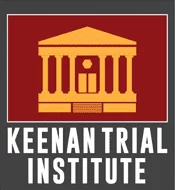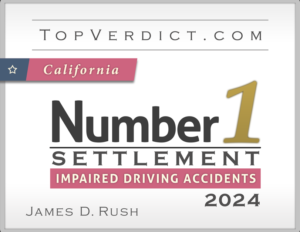Call For A Free Consultation
415-897-4801
Novato Corporate Office (Mailing Address):
10 Commercial Blvd #206 Novato, CA 94949
Offices Located In San Francisco, Oakland, San Jose, Walnut Creek, Pleasanton, Santa Rosa, Napa, Redwood City, Sacramento and Newark
Accidents at Intersections: Who Has the Right-of-Way and When
Intersections are one of the most dangerous areas on the road, with a large percentage of all traffic accidents occurring when two cars collide at a crossroads. Understanding right-of-way laws and being alert at intersections can help reduce preventable crashes. So, who actually has the right-of-way in different situations at an intersection, and when?
General Right-of-Way Rules
There are a few overarching right-of-way rules that provide guidance on yielding at intersections:
• A driver that reaches an intersection first typically has the right-of-way and can proceed. Other vehicles arriving later must yield to vehicles already at the crossroads.
• At a 4-way stop intersection, the first vehicle to come to a complete stop should proceed first. If two vehicles arrive at the same time, the car on the right has the right-of-way and can go forward first.
• Drivers must always yield right-of-way to emergency vehicles at intersections. Pull safely out of the way when you see lights and hear sirens.
• Pedestrians have the right-of-way at most signalized intersections and crosswalks. Drivers turning must yield to pedestrians crossing legally in these areas.
Right Turns on Red
A right turn on red is generally permitted after coming to a complete stop, unless there is a posted sign prohibiting it. Drivers should yield right-of-way to oncoming traffic from the left and pedestrians. Carefully check both ways before turning right when the traffic signal is red.
Uncontrolled Intersections
At an uncontrolled intersection with no traffic signals or stop signs, the car approaching from the right has the right-of-way. So the vehicle on the left must yield and allow the vehicle on the right to proceed first. If two cars reach an uncontrolled intersection at the exact same time, deference should go to the vehicle on the right.
At uncontrolled “T” intersections, vehicles on the terminating road must always yield to traffic on the continuing roadway since they have no vehicles approaching from the right.
Traffic Light Right-of-Way
The color of the traffic signal determines right-of-way at a controlled intersection. Here are some key rules:
Green Light = Proceed with caution while yielding to vehicles or pedestrians still crossing the intersection. Do not enter an intersection if traffic conditions on the other side means you will be stuck blocking cross traffic when the light changes.
Yellow Light = Stop if it’s safe to do so. If you’re too close to stop safely when the yellow appears, cautiously proceed through the intersection.
Red Light = Come to a complete stop at the designated stop line or crosswalk. Wait for the green light before proceeding. Exception: Turning right on red may be allowed after stopping and yielding to pedestrians/traffic.
Flashing Red Light = Treat it like a stop sign. Come to a complete stop, yield to traffic and pedestrians with right-of-way, then proceed when clear.
Flashing Yellow Light = Exercise caution and reduce speed while proceeding through the intersection. Yield, slow down, and be prepared to stop for vehicles or pedestrians in or approaching the roadway.
Staying Safe at Intersections
Here are some key tips all drivers should keep in mind to avoid collisions and accidents at intersections:
• Slow down and be prepared to stop when approaching any intersection, even if you have the right-of-way. Other drivers may violate traffic rules.
• Avoid distractions like cell phones when crossing through intersections. Pay attention to pedestrians, signals, signs, and other cars at all times.
• Make eye contact with other drivers at intersections to ensure they see you and will yield if they have to.
• Ensure your car is visible at uncontrolled intersections by keeping headlights on, even during the daytime.
• When making left hand turns, watch and yield to oncoming traffic that could collide with you as they go straight. Misjudging gaps when turning left causes many serious intersection crashes.
Understanding right-of-way rules is an important starting point, but safe driving through intersections requires full-time attention and defensive driving techniques as well. Following the rules and staying alert can help reduce the hundreds of thousands of intersection collisions that happen each year across the country.
If you are unlucky enough to be involved in an accident at an intersection, speak to one of the experienced auto accident attorneys at Rush Injury Law. We can help you get the compensation you deserve. Visit one of our offices at the addresses below:
• 10 Commercial Blvd, #206 Novato, CA 94949
• 75 Broadway #202, San Francisco, CA 94111
• 3558 Round Barn Blvd, Suite 200, Santa Rosa, CA 95403
Call us today for a free consultation on (415) 897-4801.
© 2025 Rush Injury Law. All Rights Reserved.























